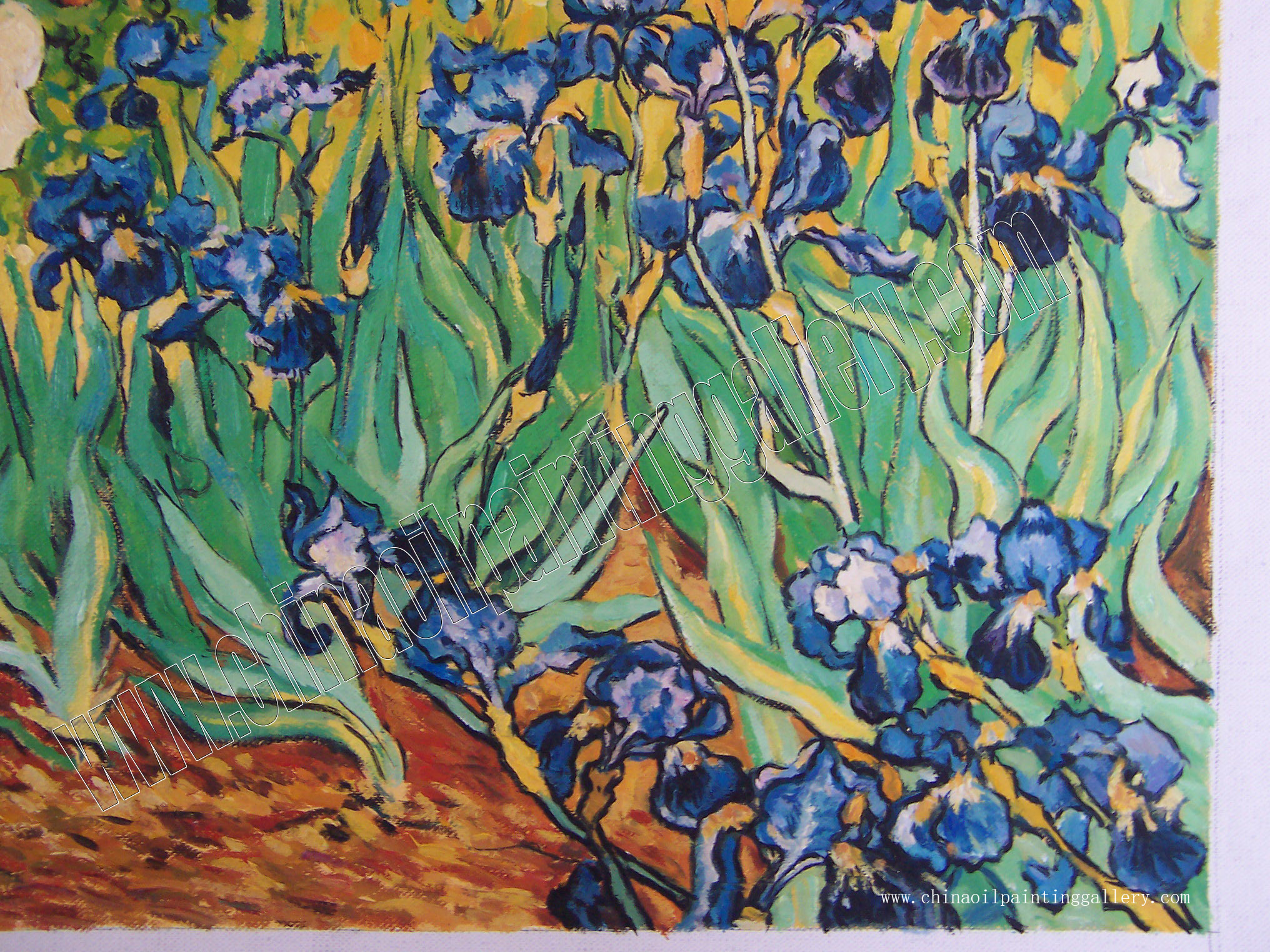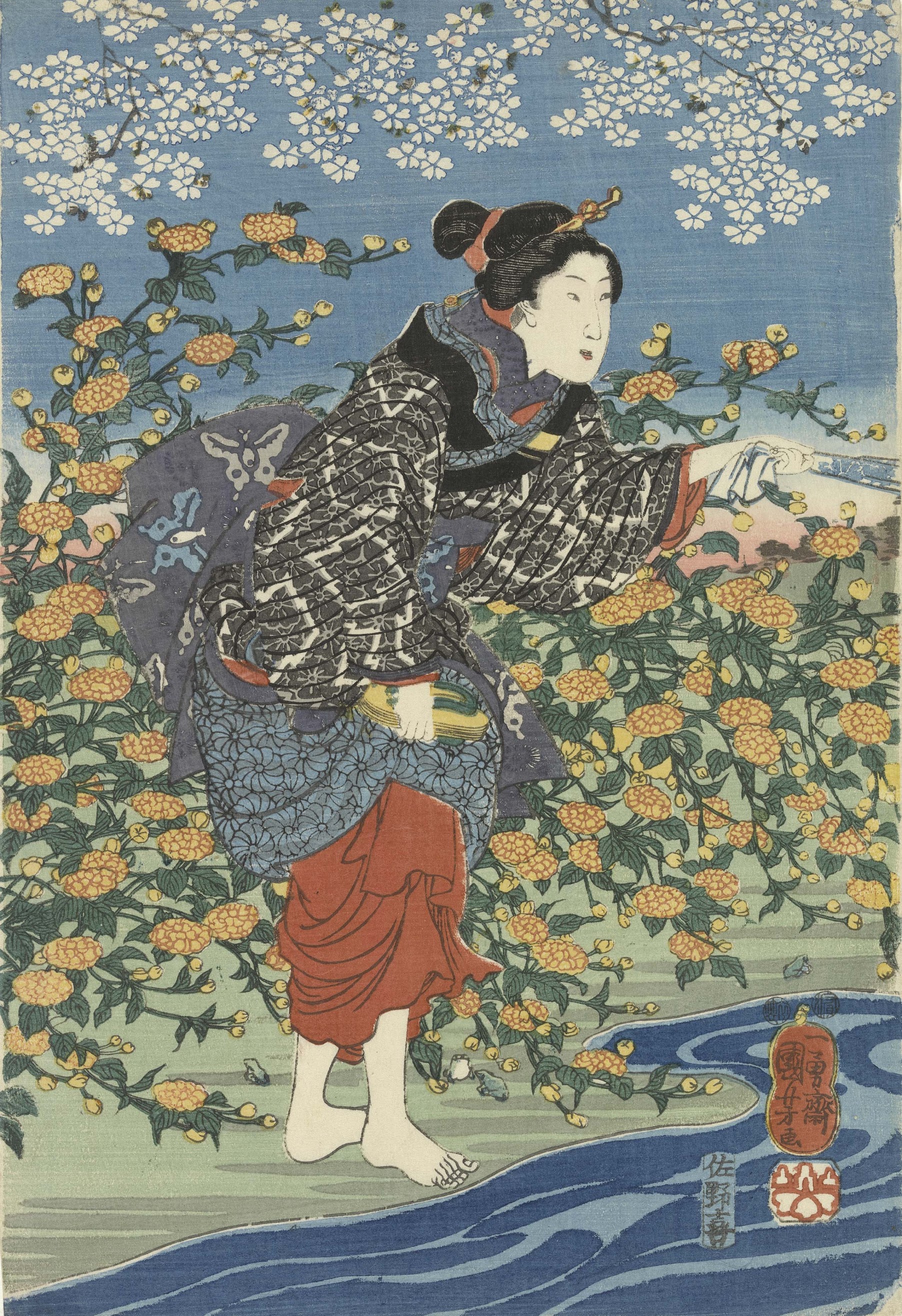

The artwork reflects van Gogh's Impressionist, Divisionist and Japanese woodcut influences.

Almond Blossoms was created to celebrate the birth of van Gogh's nephew and namesake - a fitting gift given blossoming trees association with the arrival of Spring and new life. He enjoyed them aesthetically and derived great joy from painting them. They represented awakening, rebirth and hope. Van Gogh was especially fond of flowering trees. Van Gogh was born in Holland, the son of a pastor he travelled to London in 1873, and first visited Paris in 1874. The two paintings may have been intended to represent the contrasting temperaments and interests of the two artists. Vincent van Gogh: A Life in Letters belongs on the shelves of every reader in search of self-revelatory documents of one of the greatest creative minds."If you truly love Nature, you will find beauty everywhere." - Vincent van GoghĪlmond Blossoms is one of several paintings of blossoming almond trees created by Vincent van Gogh in Southern France in the late 1880's. Van Gogh painted a companion picture of Gauguins armchair, shown by night, now in the Rijksmuseum Vincent Van Gogh, Amsterdam.

He enthusiastically assembled a collection of the prints with the idea of dealing in them, and soon was captivated by their colorful and cheerful imagery and style, which. Through journeying from the Van Gogh Museum, Amsterdam, to Van Gogh’s adopted home of Provence, France and eventually to Japan itself, this film provides a fascinating look at just how remarkable this influence proved to be. Vincent van Gogh’s (18531890) encounter with Japanese ukiyo-e prints during his time in Paris was decisive for the direction that his art would take in the years to come. This is not only an immense treasure trove of biographical and art-historical information, it provides a lasting pleasure as a personal written testimony to a life consecrated to art. Though Vincent van Gogh never visited Japan it is the country that had the most profound influence on him and his art. Here we can observe Van Gogh's thoughts and opinions at first hand, as well as his close ties with his brother Theo, his sometimes troubled relationships with friends and fellow artists, his personal doubts and fears, and above all his overriding passion for his art. Presenting 60 paintings and drawings by Vincent van Gogh along with more than two dozen relevant works of mid-19th century Japanese art, the exhibition’s argument is that, through willful. Not only do they throw light on Van Gogh's own complex and intriguing character, they enlighten the whole creative process as seen through his eyes. Van Gogh particularly admired the work of Realist painter Francois Millet, and copied several of his. Van Gogh discovered Japanese Art in magazine illustrations of artwork created by woodblock prints using Japanese techniques that depicted Japanese life. Francois Millet, Noon rest, 1866, 29,2 x 41,9 cm, Pastel and black conté crayon on buff wove paper, Museum of Fine Arts, Boston. These portraits of the Postman Joseph Roulin by Vincent van Gogh reflected his deep interest in Japanese prints.

Vincent van Gogh's letters have long been prized as some of the most valuable documents in the world of art. Vincent Van Gogh, Noon Rest from Work (after Millet), 1889-1890, 73 x 91 cm, oil on canvas, Musee d Orsay. In the years ahead he should buy many more. Книга "Vincent van Gogh: A Life in Letters" Van Gogh saw Japanese prints, called ukiyo-e, for the first time in 1885 in Antwerp and bought a few.


 0 kommentar(er)
0 kommentar(er)
